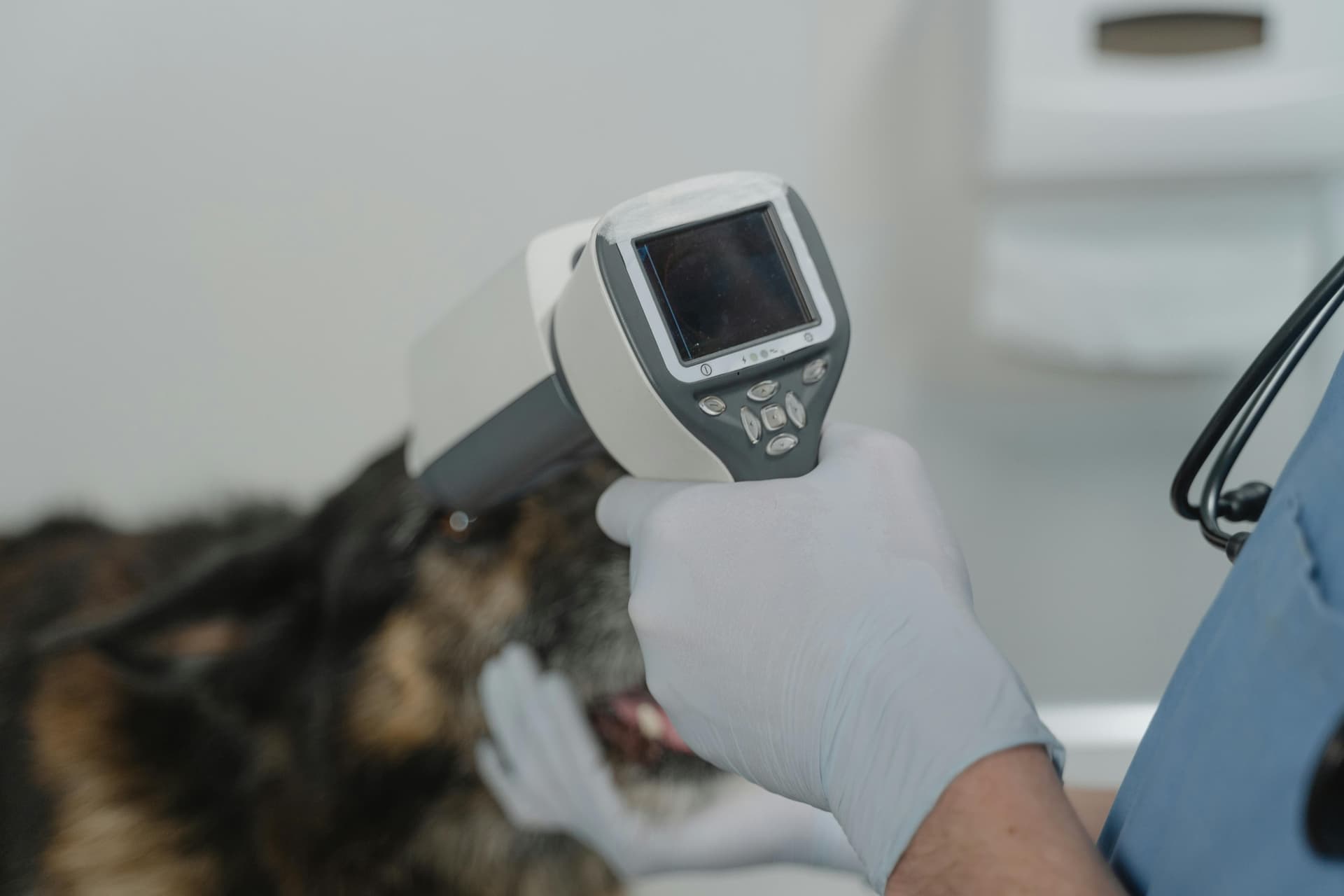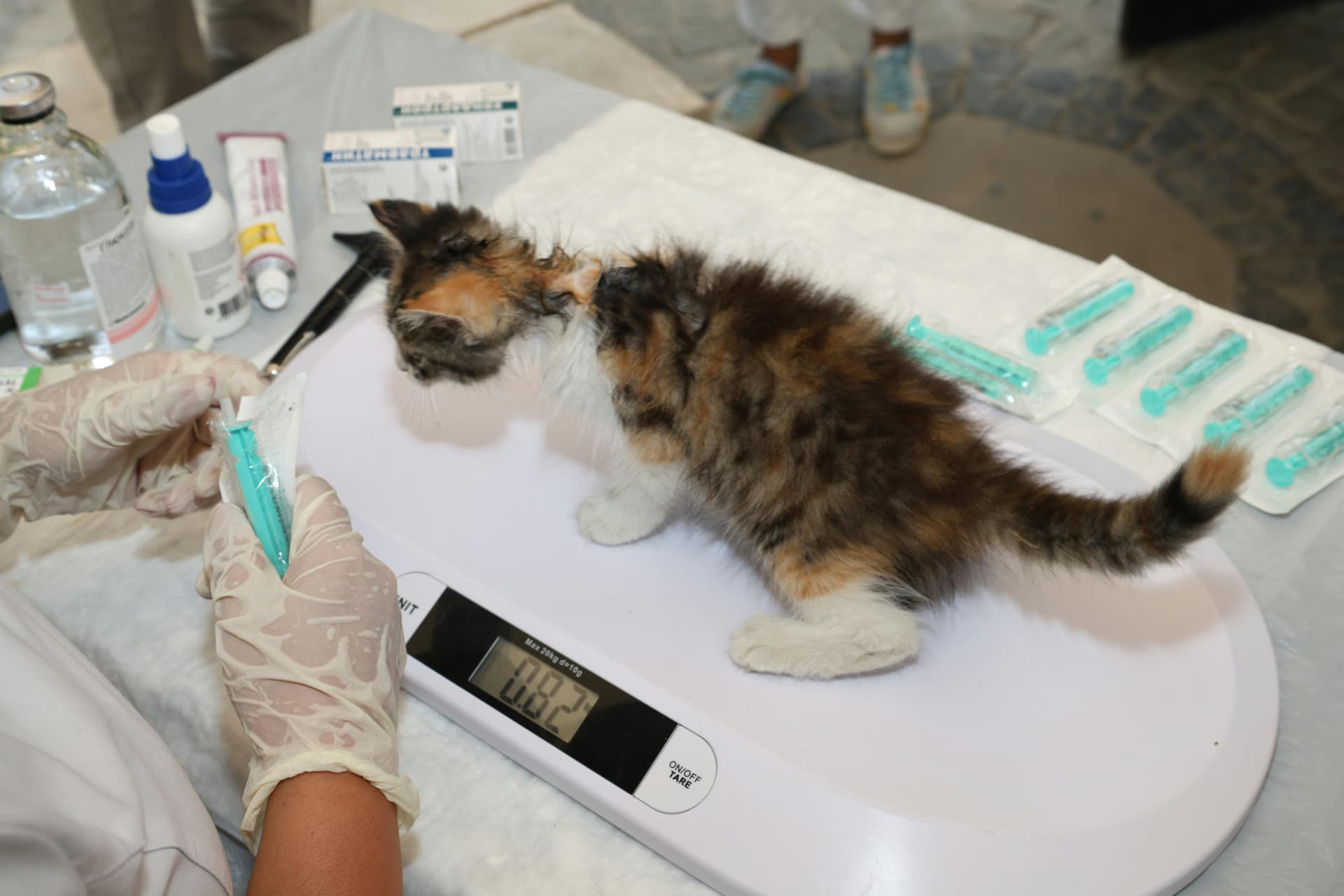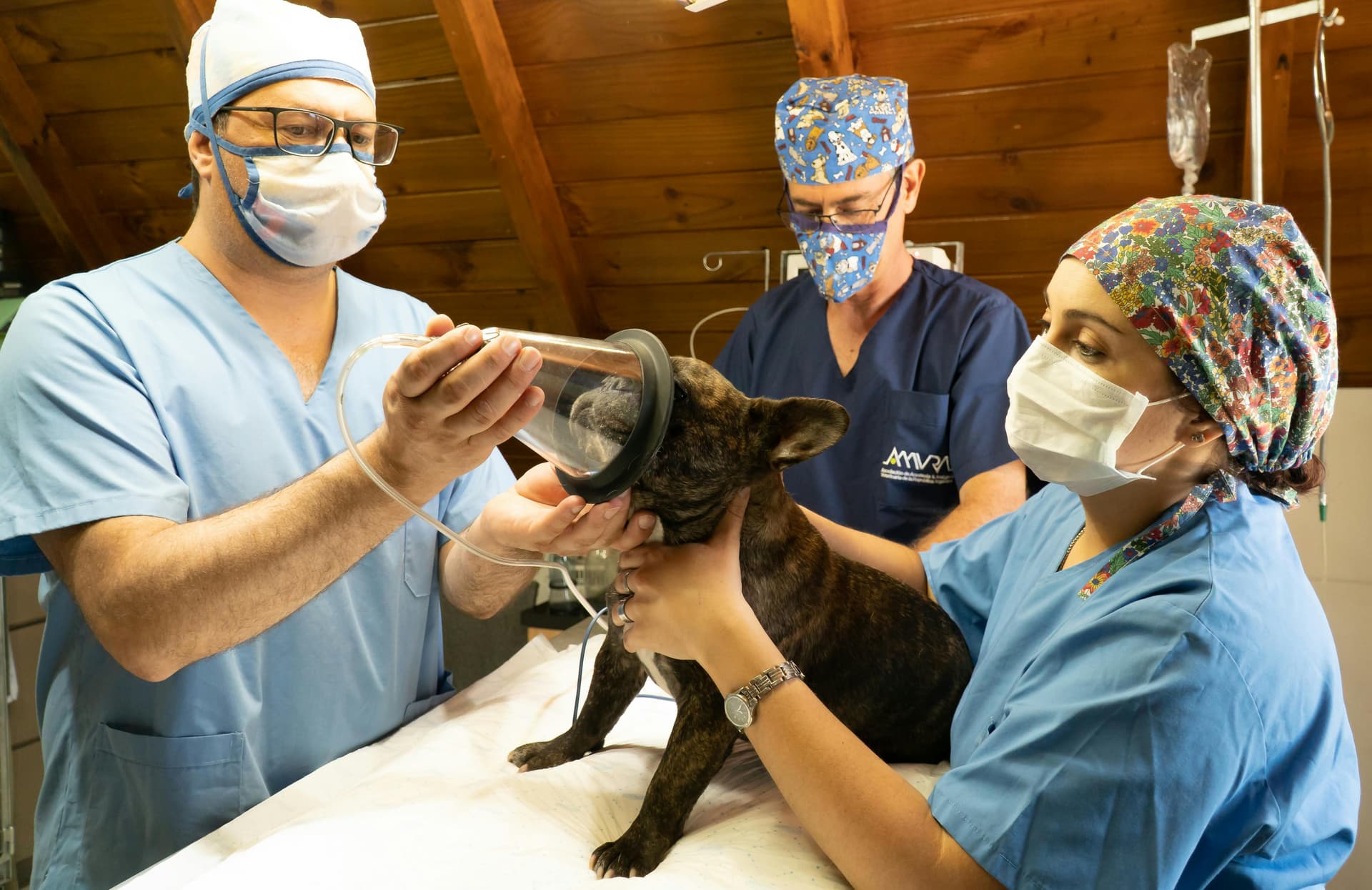Your dog is crying on the exam table. The vet says “we need to act now.” Your heart sinks, not because you don’t love your dog, but because you’re already picturing the bill. $2,000? $6,000? More? That split-second panic, “can I afford this?”, is the moment dog insurance was designed for.
At PetCoverage.ai, we don’t want pet parents stuck making money decisions while their best friend suffers. That’s why we built a free policy review tool that translates fine print into plain English and shows whether your coverage will actually protect you on the worst day.
Because the question isn’t just “how does dog insurance work?”, it’s “will my plan work for me when it matters most?”
What Is Pet Insurance, Really?
Before we explain how does dog insurance work, let’s answer the bigger question: what is pet insurance, and how does pet insurance work in real life?
Pet insurance helps cover the cost of vet care if your dog gets sick or injured. It’s not like human insurance with co-pays and networks. Instead, it’s mostly reimbursement-based:
You visit any licensed vet.
You pay the bill upfront.
You submit a claim.
The insurer reimburses you based on your plan’s rules.
In 2023–2024, the number of insured pets in the U.S. grew by 12.7%, with dogs making up 75.6% of all insured pets. This growth shows that more families are realizing the financial protection pet insurance provides, but most pets are still uninsured, leaving owners exposed to rising veterinary costs.
Most plans fall into three buckets:
Accident-only: Covers accidents like broken bones, swallowed toys, or poisoning.
Accident & illness: Covers both accidents and diseases like cancer, diabetes, or allergies.
Wellness add-ons: Helps with vaccines, dental cleanings, and routine checkups.
At first glance, it sounds simple. But the fine print, deductibles, exclusions, waiting periods, is where families get blindsided. That’s where we step in.
👉 Don’t wait for an emergency. Upload your policy today.

How Does Dog Insurance Work in Real Life?
Imagine this: your dog swallows a sock. You rush to the ER. The vet says, “Foreign body surgery. Tonight.”
Without insurance: The receptionist asks for $3,500+ upfront just to begin. You either hand over your credit card or make the heartbreaking decision to walk away.
With insurance: You pay the deductible, submit your claim, and your insurer reimburses up to 90% of the bill. That could mean paying $600 instead of $3,600.
This real-life example shows what dog insurance is designed for, removing the financial panic so you can say “yes” to treatment. But what happens behind the scenes?
Coverage in action: Most dog insurance plans cover a wide range of unexpected medical needs, emergency surgery, hospitalization, diagnostics (x-rays, MRIs, bloodwork), cancer treatments, and even chronic illness management. If you’ve added wellness coverage, routine exams, vaccinations, and dental cleanings may also be included.
Claims process: After treatment, you’ll upload your invoice and medical notes through your insurer’s online portal or app. Within 5–10 business days, most carriers process the claim and reimburse you directly. Some insurers now offer direct pay, which means the vet gets paid upfront, sparing you from covering a huge ER deposit.
Costs you should expect:
Deductible: The fixed amount you pay before coverage kicks in (usually $200–$500).
Reimbursement rate: The percentage you get back (commonly 70–90%).
Annual coverage limit: The maximum payout per year (ranging from $5,000 to unlimited).
💡 Pro tip: Many pet parents forget that not all policies include exam fees, which can add $75–$250 each visit. That’s why reviewing the fine print before an emergency matters.
The Three Money Levers That Decide Your Coverage
Dog insurance costs depend on three levers:
Deductible – What you pay before coverage kicks in. ($250–$500 is a sweet spot.)
Reimbursement rate – The % you get back. (80–90% saves you most in emergencies.)
Annual limit – The max your plan pays per year. ($10,000+ is our recommended minimum.)
Example:
Bill = $3,000
Deductible = $250
Reimbursement = 80%
Payout = $2,200
You pay = $800
Set these wrong, and you’re stuck. Set them right, and you’re protected.
Warning: Fine Print That Hurts Families
Here’s where even “good” plans break down:
Exam fees excluded – You’ll eat $75–$250 per visit, even in ER.
Bilateral clauses – One torn ACL before enrollment = no coverage if the other tears later.
Sub-limits hidden inside big limits – “$10,000 annual” but only $2,500 for cancer.
Dental exclusions – Routine cleanings and extractions often left out unless you add wellness.
Waiting periods – Anything that happens during the wait is “pre-existing.”
Don’t wait to find out in the ER. We’ll flag these in your free policy review.
Case Study: Mickey’s $3,600 Bad Year
Mickey, a 5-year-old mixed breed in Spokane, had three emergencies in one year:
Ear infection: $200
Pancreatitis: $900
Tooth abscess: $2,500
Plan A (low reimbursement)
$500 deductible, 70% reimbursement, $2,500 limit
Total paid: $1,706
Plan B (better reimbursement)
$250 deductible, 80% reimbursement, $5,000 limit
Total paid: $1,472
Without insurance, Mickey’s family would have paid $3,600 out-of-pocket. Instead, they paid less than half.
How to Get Pet Insurance (Step-by-Step)
You asked how to get pet insurance. It’s simpler than you think:
Pick Accident & Illness as your base plan.
Add wellness if you want vaccines and dental covered.
Choose a deductible you can afford in cash today.
Pick 80–90% reimbursement.
Go for at least $10,000 annual coverage.
Check exclusions and waiting periods.
Enroll while your dog is still healthy.
Brand urgency: Don’t wait until your pup is limping. By then, it’s too late, injuries become “pre-existing.”
Start New Insurance today, or upload your plan for a gap review.
What Does Dog Insurance Cover, and What Doesn’t
Covered:
Emergency surgery, hospitalization, meds
Diagnostics like x-rays, bloodwork, CT, MRI
Chronic diseases (diabetes, allergies, arthritis)
Cancer care (chemo, radiation, immunotherapy)
Rehab and some alternative therapies (if listed)
Not covered:
Pre-existing conditions
Cosmetic procedures (tail docking, ear cropping)
Breeding or pregnancy care
Boarding, grooming, training classes
Some prescription diets and supplements

Frequently Asked Questions (FAQs)
1. How fast do claims pay out?
Most reimburse within 5–10 business days. Some carriers now offer direct pay, which means the vet gets paid upfront.
2. Can I switch vets with insurance?
Yes. You can see any licensed vet, ER, or specialist. No networks, unlike human insurance.
3. Does breed matter?
Yes. Some breeds cost more to insure because they’re prone to conditions like hip dysplasia or heart disease.
4. Can I change my plan later?
Yes, usually at renewal. But lowering deductibles or raising coverage may mean higher premiums.
5. Will my old dog get covered?
Yes, but premiums rise with age. Accident-only plans may be best for seniors.
Key Takeaways
In wrapping up our exploration of how dog insurance works, covering coverage types, claims, and costs, it’s clear that preparation today prevents heartbreak tomorrow. Here are three streamlined takeaways:
Understand the Basics: Dog insurance works on reimbursement. Know how deductibles, reimbursement rates, and annual limits shape what you’ll actually pay.
Read Beyond the Premium: Cheap plans can hide exclusions like exam fees, dental limits, or breed restrictions. Always check the fine print before enrolling.
Act Early, Adjust Often: Enroll your dog while healthy, add riders for unique risks, and revisit your policy annually to stay protected as needs change.
We’ve covered how to compare plans, what’s included (and excluded), and how to avoid the traps that leave families exposed when emergencies strike. To further this discussion, we invite you to share your thoughts and questions in the comments below.
For more insights and the latest strategies in pet care, remember to follow Petcoverage.ai on our social media platforms: Facebook, Instagram, TikTok, and LinkedIn. Stay connected and informed with us as we continue exploring ways to protect both your pets and your peace of mind.






